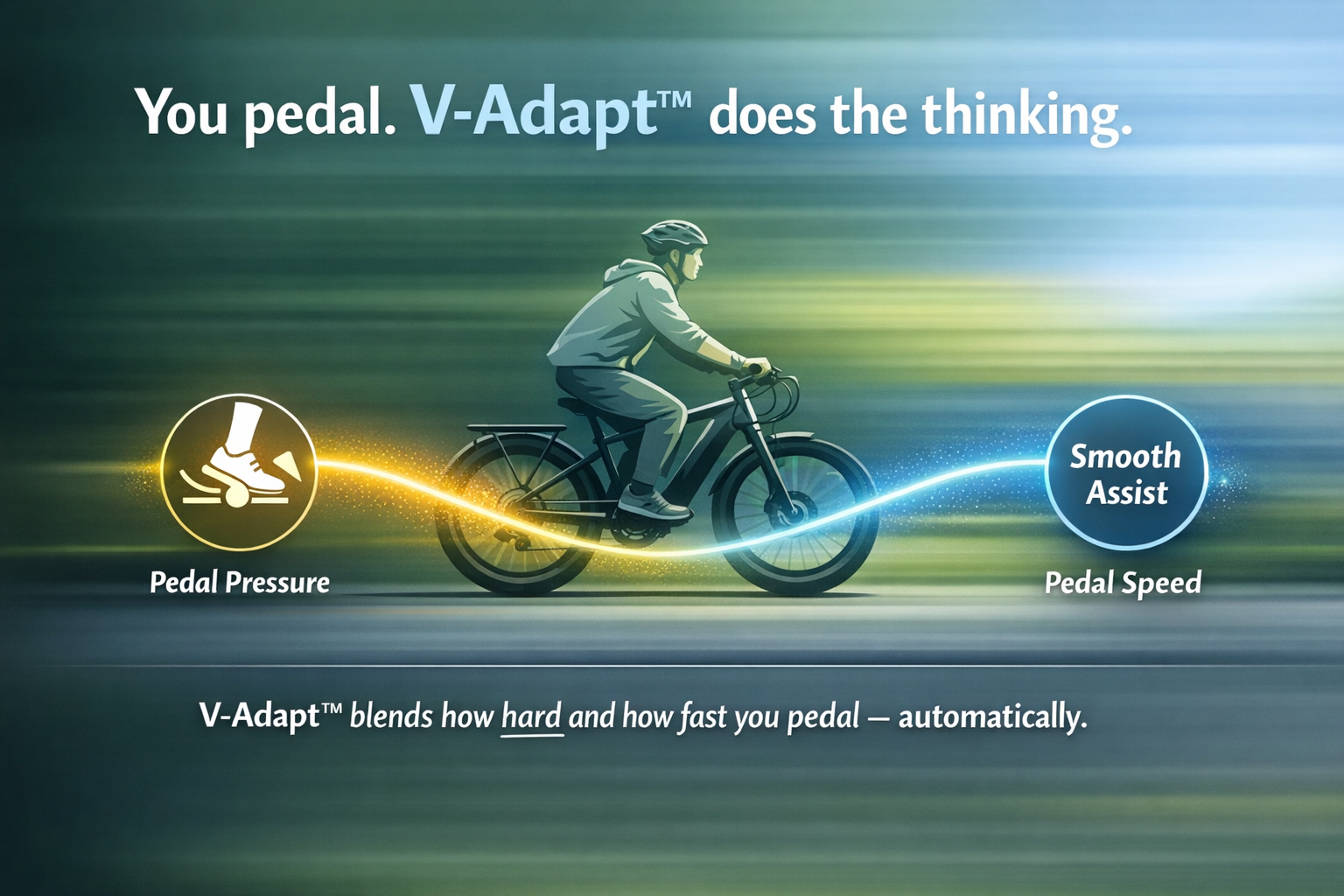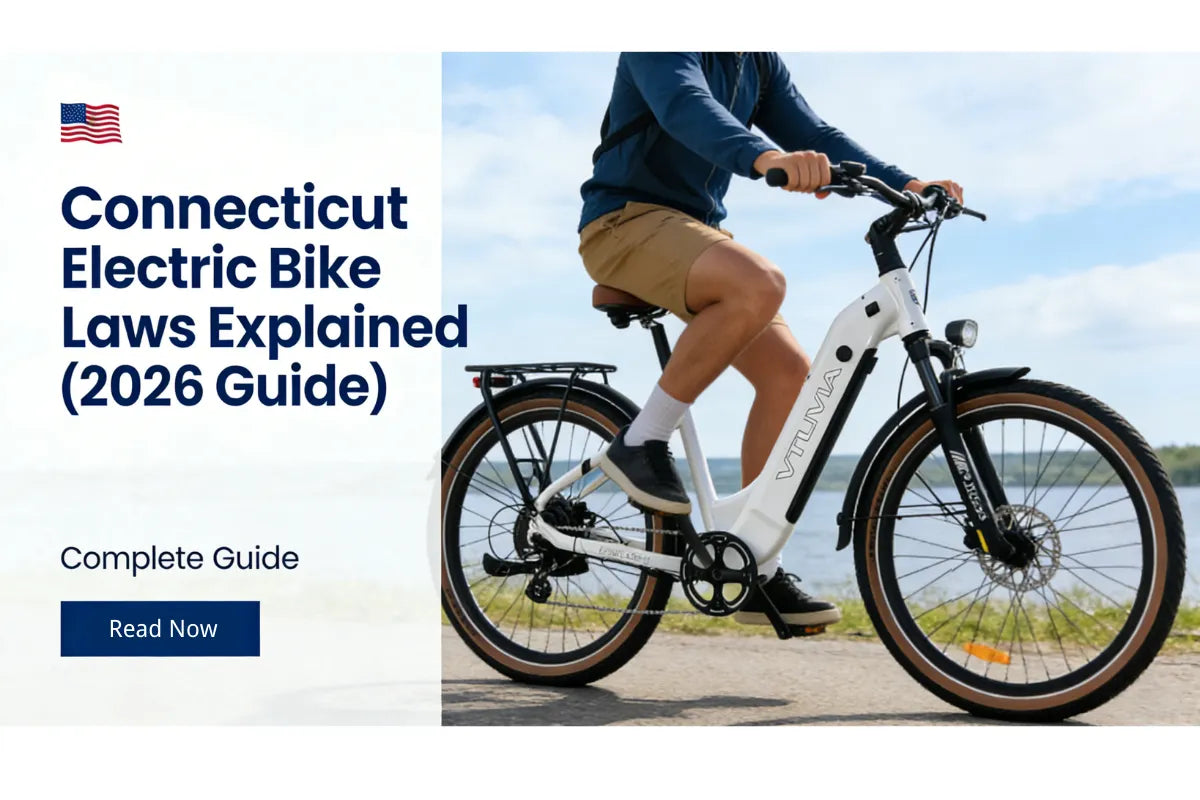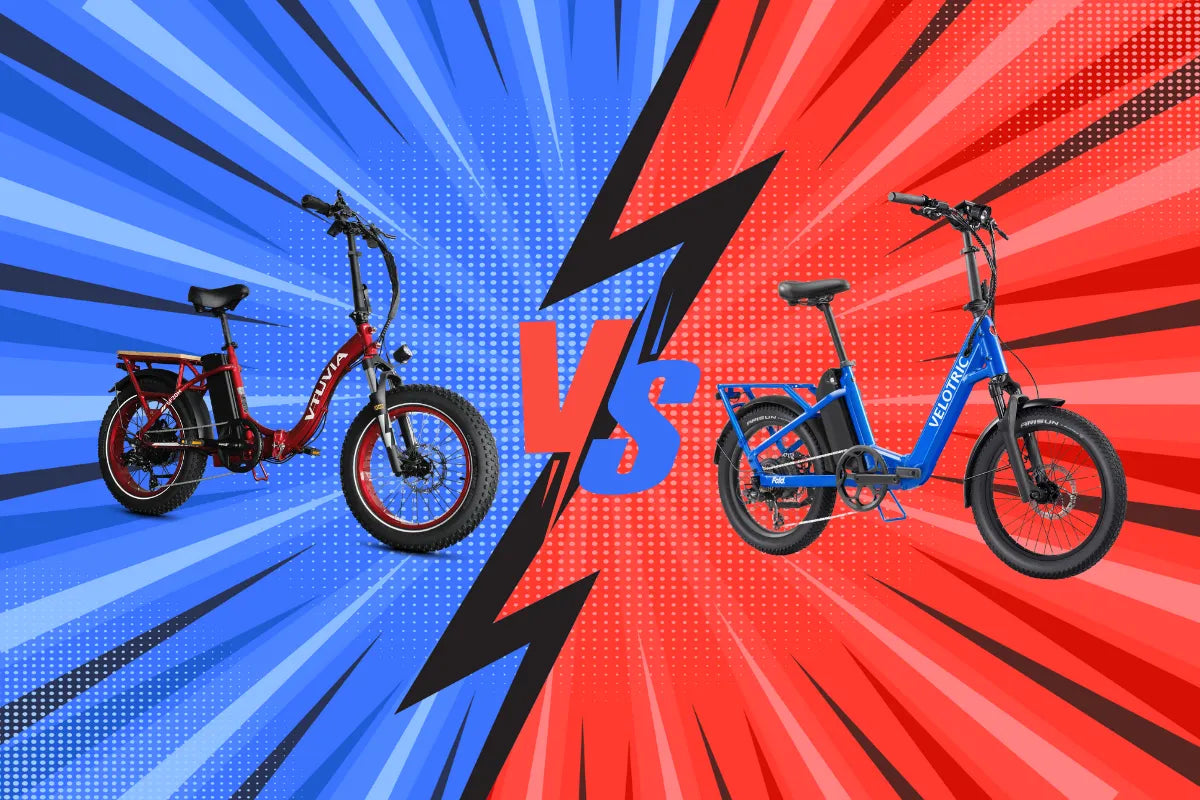What is the Pedal Assist System (PAS)?
Since 2014, more than 30 states have adopted standardized regulations for e-bike use, driven by a team led by People For Bikes, a national bicycle advocacy group and bicycle industry trade association, in a straightforward approach known as the "Class 3" system.
The model legislation defines three common e-bike categories based on speed, wattage, and operation. It grants states the authority to determine which types of bicycle infrastructure can be used for each category, typically permitting Class 1 and Class 2 e-bikes in areas where traditional bicycles are allowed.
The new rules were adopted by four agencies with the Department of the Interior: the Bureau of Land Management, the Bureau of Reclamation, the Fish and Wildlife Service, and the National Park Service. They DO NOT apply to the United States Forest Service, which is an agency within the Department of Agriculture.

CMB PRO: Mid-drive Motor Integrated Torque and Cadence Commuter Ebike
Differences between classes 1, 2 & 3
Each set of regulations defines an electric bicycle as either a Class 1, Class 2, or Class 3 electric bicycle. In addition, the bicycles must have a motor with a power rating of less than 750 watts and have fully operable pedals. The definitions for the three classes of electric bicycles are provided below:
Class 1 eBikes: Pedal-Assist Only
An electric bicycle equipped with a motor that provides assistance only when the rider is pedaling, and that ceases to provide assistance when the bicycle reaches the speed of 20 miles per hour.
Class 2 eBikes: Throttle-Controlled
An electric bicycle equipped with a motor that may be used exclusively to propel the bicycle, and that is not capable of providing assistance when the bicycle reaches the speed of 20 miles per hour.
Class 3 eBikes: Speed-Pedelec
An electric bicycle equipped with a motor that provides assistance only when the rider is pedaling, and that ceases to provide assistance when the bicycle reaches the speed of 28 miles per hour.
The three class system also creates rules governing the use of electric bicycles, with safety as the top priority.
Class 1 and 2 electric bicycles would be permitted to travel anywhere traditional bikes are permitted, as the maximum assisted speed of these devices is closely aligned with speeds traveled by traditional bicycles.
Class 3 electric bicycles could be ridden on streets and roadways where traditional bicycles are permitted, including bicycle lanes, but would be restricted from slower speed areas such as multi-use paths. Class 3 electric bicycles would also be subject to additional requirements, such as a minimum user age and helmet mandate.
Electric bicycles would not be subject to any licensing, registration, or insurance requirements.
| Class 1 | Class 2 | Class 3 | |
| Motor Power | 750W | 750W | 750W |
| PAS |
√
|
√
|
√
|
| Throttle | √ | ||
| Max Speed |
20 mph
(32km/h)
|
20 mph
(32km/h)
|
20 mph
(32km/h)
|
| Road |
Travel anywhere traditional bikes are permitted. |
Travel anywhere traditional bikes are permitted. |
Travel anywhere traditional bikes are permitted, but be restricted from slower speed areas. |
| License | None | None | May require a driver's license or moped license in some states |

Gemini: 1000W Dual Battery All-terrain Conqueror
What to Pay Attention to
When using the PAS system on your eBike, there are several key factors to consider:
1. Battery Life: Higher assist levels consume more battery power. If you plan to use Level 3 frequently, ensure your battery is adequately charged before setting out. Monitor the battery level and carry a charger if you're planning a long ride.
2. Range and Efficiency: Your eBike’s range can vary significantly based on the assist level you use. For longer rides, it’s wise to switch to lower levels of assistance to extend your range. Understanding how different levels impact your range can help you plan your rides more effectively.
3. Terrain and Riding Conditions: Adjust the assist level based on the terrain and conditions. For flat roads, Level 1 or 2 might be sufficient, while steep hills or challenging trails might necessitate Level 3.
4. Physical Fitness: Choose the assist level that matches your fitness level and riding goals. Beginners or those seeking a less strenuous ride might prefer higher levels of assistance, whereas experienced cyclists may opt for lower levels to get a better workout.
5. Local Regulations: Be aware of local regulations regarding eBike usage. Some regions have specific rules about the maximum assist levels or motor power for eBikes. Ensure your bike complies with local laws to avoid fines or legal issues.
Conclusion
The Pedal Assist System (PAS) is a key feature of many eBikes, offering customizable support that enhances your riding experience. By understanding the three levels of PAS and how they affect your ride, you can make informed choices about when and how to use each level. Remember to consider factors like battery life, terrain, and your own fitness when selecting your assist level. With the right knowledge and adjustments, you’ll be able to enjoy the full benefits of your eBike and make every ride a pleasure.





Share:
Top 3 E-Bikes for Heavier Riders: City E-bike/Cargo E-bike/Adventure E-bike
Will E-Bikes Become Mainstream Transportation? Please read this before you buy!!!(2024)